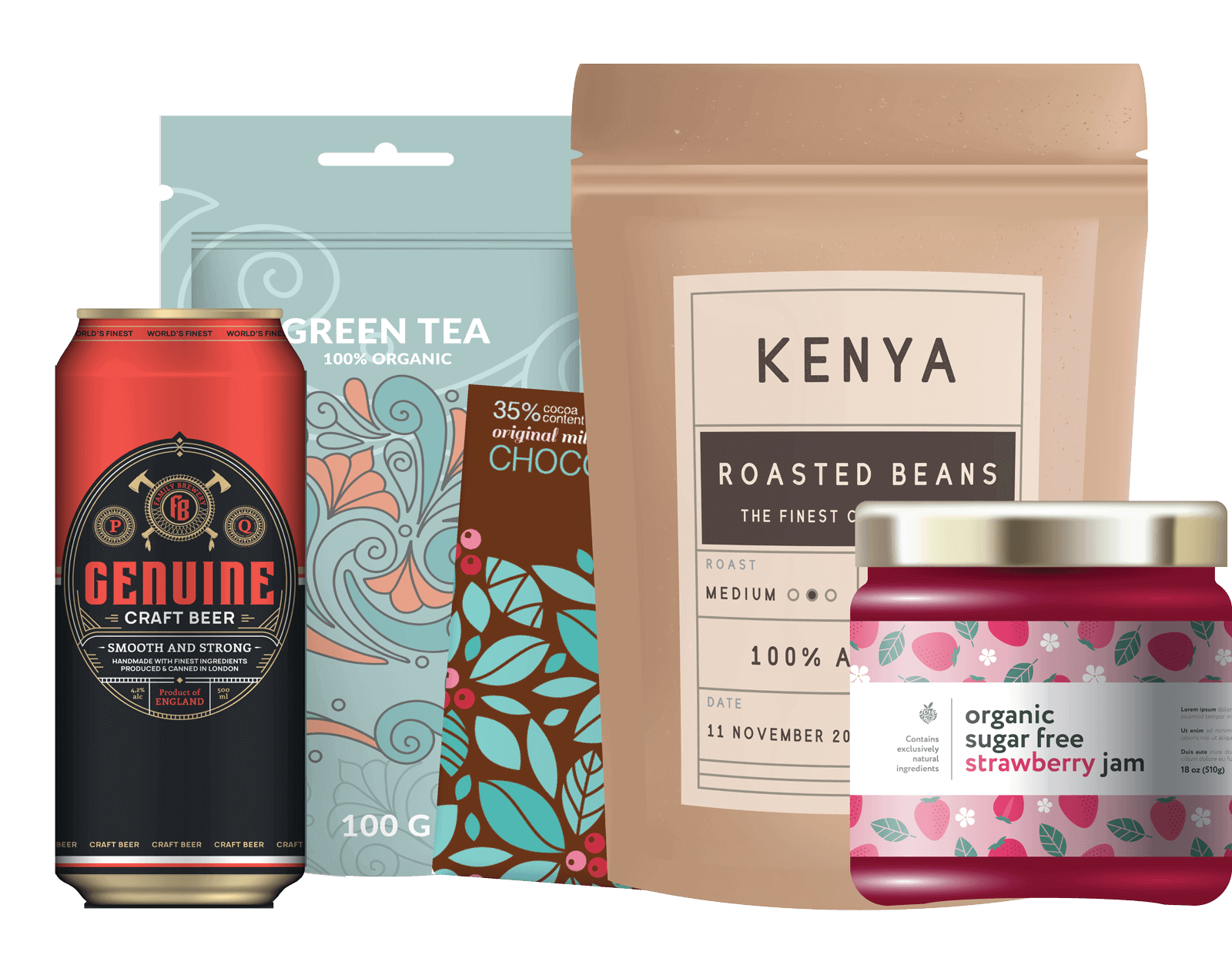MJS Packaging recently partnered with Airnov Healthcare Packaging for our Desiccants 101 webinar. If you missed it, we’ve got the whole thing summarized here so you won’t miss any of the major points. You can also watch the entire webinar on our website. But for now, here’s everything you need to know about desiccants.
- The basics of desiccants
- Common healthcare desiccant materials
- Desiccant formats
- Typical applications
- Types of dropped-in desiccants
- Desiccants and sustainability
We have a lot to get through, so let’s dive right in.
Desiccant Basics
A desiccant is a substance that pulls (adsorbs) water out of its surroundings and is commonly used across many industries including healthcare, pharmaceutical, and nutraceutical. Desiccants optimize shelf life by protecting and preventing damage to the product. Products easily damaged by water and oxygen need desiccants to limit moisture/oxygen exposure.
The adsorption qualities of desiccants are extremely useful in protecting products against water degradation. This is due to their high water affinity — a quality common in all desiccants, including silica gel, activated carbon, 2-in-1, ADP, and molecular sieves.

Versatile Performance Materials
Desiccants come in a variety of versatile materials that create an effective barrier between products and moisture/oxygen. These different materials include:
- Silica gel
- Activated carbon
- 2-in-1
- ADP®
- Molecular sieve
- EQius™
- PHARMAKEEP®
All of these sorbents function as desiccants, and all have unique qualities that make them suitable for protecting different types of products.
Common Healthcare Materials
In the healthcare industry, there are two common sorbents used to protect typical healthcare products. These are silica gel and molecular sieve materials.
Silica Gel
Silica gel is made from amorphous silicon dioxide with interconnected pores that create a large surface area to absorb moisture. This is done through capillary condensation and, because of the slower rate of adsorption, makes the product easy to handle.
Molsieve
Molsieve is a standard synthetic zeolite and holds a structure with a defined pore diameter. This is a uniform 3-dimensional network of crystalline pores that provide a fast rate of adsorption to minimize the risk of exposure
Formats & Typical Applications
Generally, desiccants come in three formats: dropped in, integrated, and embedded. Across these formats, there are many products that desiccants can protect, such as tablets, capsules, effervescent tablets, gummies, probiotics, powder, and cannabis. However, in this webinar summary, we are focusing exclusively on dropped-in desiccants. Let’s check out some of the different types of dropped-in desiccants.
Canisters
- Designed for high-speed automatic insertion (300-600 CPM)
- Contain 0.5g-3g of material
- Customizable sorption
- Typically contain Silica gel, molecular sieve, carbon, or a combination of these sorbents
Canisters — Aroma-Can®
- Prevent unwanted odors
- Designed for high-speed automatic insertion (300-600CPM)
- Interchangeable flavors include strawberry, vanilla, orange, lemon, and mint
- Ideal for nutraceuticals such as fish oils, valerian root, and herbals
- Enhance a product’s natural flavor
ADP® & DRICARD™
- Flat/rigid desiccants used for powders and pharmaceutical products
- The main advantages include:
- Compact design
- Suited for automated insertion
- Reduces packing space
- No dust
- Primary applications include:
- Powder products in sports, nutrition, and food.
- Blister pouch products
- FDA compliant
Packets
- Designed for accurate insertion
- Individually cut
- Hole punch to improve cutting and insertion
- 0.25g -10g
- Customizable sorption
- Silica gel (SILICAGEL)
- Molecular sieve (MOLSIEVE)
- Activated Carbon (CARBON)
- 2-in-1 PakⓇ
- Primary applications include:
- Pharmaceutical
- Nutraceutical
- Diagnostic
Bags
- Specifically manufactured for bulk protection of pharmaceutical, nutraceutical, and healthcare applications
- 25 grams – 400 grams
- Customizable sorption
- Silica gel (SILICAGEL)
- Molecular sieve (MOLSIEVE)
- Activated Carbon (CARBON)
- Primary applications
- Protection of bulk and work-in-process tablets & capsules
- Protection of active ingredients
Want to find out more? Head over to the site and check out the entire webinar.
Complete Packaging Solutions
Now that you know the different types of desiccants common in our industry, let’s take a look at how they are paired with various containers for pharmaceutical and nutraceutical products.
Packers
Packers are used for packaging vitamins, gummies, and different forms of over-the-counter medication. HDPE is preferred for use with desiccants as PET does not provide a suitable barrier for moisture.
Jars/Canisters
These formats are ideal for nutraceuticals, for example, collagen, whey powder, and other types of supplements. The best material to use is HDPE.
Tubes/Stoppers
These containers are used with effervescent tablets where desiccants can be built into the cap/stopper. One key advantage of this format is that it takes up very limited shelf space.
Sustainability
Here in 2022, our industry must move toward a greener, more sustainable method of packaging and desiccant use. Here are a couple of ways in which both Airnov Healthcare Packaging and MJS Packaging are providing better solutions.
Laser Canisters
Lasering canisters are a great way to remove ink and adhesives from desiccants to prevent them from entering the environment. Although it may seem a small unnecessary amount of damage to the environment, when you add it up over a worldwide industry, this ink and adhesives create a significant problem.
Pails to Cartons
Airnov Healthcare Packaging is making the adjustment from shipping pails to cartons. Changing packaging solutions from pails to cartons can potentially save 275 tons of plastic waste. And what’s more, a carton with a barrier bag meets the three-year shelf life of a pail-with-PE bag.
Lightweighting Packing
When it comes to your overall packaging solution, one approach is to consider lightweighting. This utilization of less material in both containers and closures can also significantly reduce environmental impacts. Let MJS Packaging guide you on the best approach to lightweighting your packaging components.
PCR/PIR
Utilizing post-consumer resin and post-industrial resin is another sustainable option for overall packaging. Both types of resins can be used for bottles, jars, canisters and closures.
Summary
We hope you have enjoyed this webinar summary and are now caught up if you missed the live broadcast. Although desiccants are a surprisingly complex topic, we are here to help you through it.
If you missed this webinar, don’t forget you can watch the entire presentation over on the website if you need a deeper understanding.
We would like to thank Mark Florez, Head of Development and Application at Airnov Healthcare Packaging, Tom Lyman, Midwest and Central Canada Territory Manager at Airnov Healthcare Packaging, and Ronni Majewski, Account Executive at MJS Packaging for their contributions to this webinar.




